 Newly resurrected by Oren Ambarchi’s Black Truffle imprint, this would-be landmark 1987 recording was originally slated to be released on Glenn Branca’s short-lived Neutral Records.  After sadly sitting on the shelf for roughly a decade, it was finally issued by Dutch label Barooni in 1998 and thankfully reached enough people to warrant yet another resurfacing almost 20 years later.  It is hard to understand how this album wound up so cursed while the very similar Strumming Music became so revered, but the world is not a fair place, I guess.  In any case, Godbear is a suite of three solo piano pieces recorded in a church and it is wonderful.  While perhaps not quite as essential as Palestine's more ambitious and unusual recent work (2015’s Ssingggg arguably eclipsed absolutely everything that came before it), Godbear’s rumbling storms of overtones are quite visceral and inventive by solo piano performance standards.
Newly resurrected by Oren Ambarchi’s Black Truffle imprint, this would-be landmark 1987 recording was originally slated to be released on Glenn Branca’s short-lived Neutral Records.  After sadly sitting on the shelf for roughly a decade, it was finally issued by Dutch label Barooni in 1998 and thankfully reached enough people to warrant yet another resurfacing almost 20 years later.  It is hard to understand how this album wound up so cursed while the very similar Strumming Music became so revered, but the world is not a fair place, I guess.  In any case, Godbear is a suite of three solo piano pieces recorded in a church and it is wonderful.  While perhaps not quite as essential as Palestine's more ambitious and unusual recent work (2015’s Ssingggg arguably eclipsed absolutely everything that came before it), Godbear’s rumbling storms of overtones are quite visceral and inventive by solo piano performance standards.
Two new shows just for you. We have squeezed out two extended release episodes for this weekend to get you through this week. They contain mostly new songs but there's also new issues from the vaults. The first show features music from Rider/Horse, Mint Field, Robert Aiki Aubrey Lowe, Anastasia Coope, ISAN, Stone Music, La Securite, Bark Psychosis, Jon Rose, Master Wilburn Burchette, Umberto, Wand, Tim Koh, Sun An, and Memory Drawings. The second episode has music by Laibach, Melt-Banana, Chuck Johnson, X, K. Yoshimatsu, Dorothy Carter, Pavel Milyakov, Violence Gratuite, Mark Templeton, Dummy, Endon, body / negative, Midwife, Alberto Boccardi, Divine. Cow in Maui from Veronika in Vienna. Get involved: subscribe, review, rate, share with your friends, send images! |



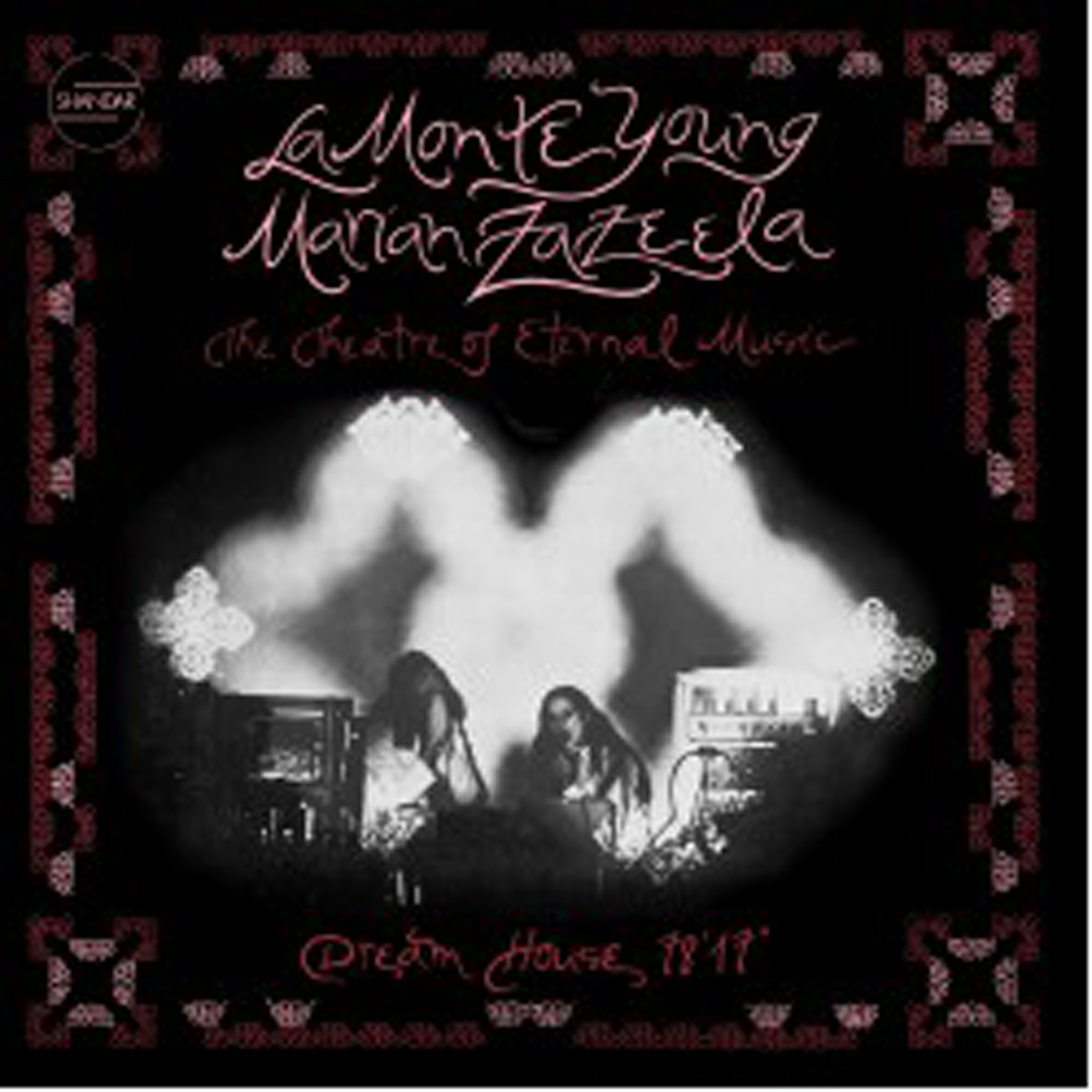 Back before the days of MP3s and file sharing, it was not uncommon for me to slowly lose my goddamn mind because there was some album that I desperately wanted to hear, yet could not find anywhere.  Naturally Coil, Current 93, and Nurse With Wound were all regular members of that exclusive club, but the reigning king of maddening elusiveness was always La Monte Young–more specifically, The Well-Tuned Piano, though Dream House (now finally reissued) would have been a lovely consolation prize (both albums have regularly turned up on Discogs' "most expensive items sold" list).  The reason for my obsession is quite simple: Young was the ur-visionary at the root of many of the more compelling strains of underground culture that have blossomed over the last 18 years, heavily and directly influencing the aesthetics of Brian Eno, Andy Warhol, The Velvet Underground, and Terry Riley (in fact, John Cale, Angus MacLise, and Riley were all members of Young's Theatre of Eternal Music ensemble).
Back before the days of MP3s and file sharing, it was not uncommon for me to slowly lose my goddamn mind because there was some album that I desperately wanted to hear, yet could not find anywhere.  Naturally Coil, Current 93, and Nurse With Wound were all regular members of that exclusive club, but the reigning king of maddening elusiveness was always La Monte Young–more specifically, The Well-Tuned Piano, though Dream House (now finally reissued) would have been a lovely consolation prize (both albums have regularly turned up on Discogs' "most expensive items sold" list).  The reason for my obsession is quite simple: Young was the ur-visionary at the root of many of the more compelling strains of underground culture that have blossomed over the last 18 years, heavily and directly influencing the aesthetics of Brian Eno, Andy Warhol, The Velvet Underground, and Terry Riley (in fact, John Cale, Angus MacLise, and Riley were all members of Young's Theatre of Eternal Music ensemble). This is a well-deserved and expanded vinyl reissue of the absolutely stellar My Body is A Dying Machine EP, which Justin Broadrick quietly released in digital-only format back in 2010. So quietly, in fact, that I completely missed it the first time around.  As with most expanded releases, the added material in this case is not exactly crucial, as most of the best songs were already on the original EP.  It is quite good though and the appeal of Black Dollars does not lie so much in its enhancements as it does in the fact that Downwards have resurrected some prime Broadrick material that snuck by most casual fans.  Stylistically, Black Dollars is very much in the "instrumental version of Jesu" vein, capturing Broadrick at his shoegaze-mode zenith.
This is a well-deserved and expanded vinyl reissue of the absolutely stellar My Body is A Dying Machine EP, which Justin Broadrick quietly released in digital-only format back in 2010. So quietly, in fact, that I completely missed it the first time around.  As with most expanded releases, the added material in this case is not exactly crucial, as most of the best songs were already on the original EP.  It is quite good though and the appeal of Black Dollars does not lie so much in its enhancements as it does in the fact that Downwards have resurrected some prime Broadrick material that snuck by most casual fans.  Stylistically, Black Dollars is very much in the "instrumental version of Jesu" vein, capturing Broadrick at his shoegaze-mode zenith. Staalplaat’s Muslimgauze Archive Series has been nothing if not totally perplexing and erratic in both quality and content, but this latest pair of releases easily stand among the series' most quixotic and self-cannibalizing entries yet.  On the one hand, there is Abyssinia Selasie, a truly excellent and (debatably) previously unreleased 7-song EP that has been inexplicably stretched into 15-song album by ambitiously ballsy and redundant repetition alone.  One the other hand, there is the previously released Libya Tour Guide, which originally surfaced as part of the limited edition Tandoori Dog (1998) box set.  Granted, not many people have that set (I certainly do not) and there is some new material added, but Libya is far too half-baked (even by Muslimgauze standards) to warrant any kind of reissue at all.  I love Bryn Jones's work as much as anyone, but no one needs to hear such an unpolished avalanche of sketches and rough ideas, as a few one- or two-minute flashes of brilliance are not nearly enough to sustain an album.
Staalplaat’s Muslimgauze Archive Series has been nothing if not totally perplexing and erratic in both quality and content, but this latest pair of releases easily stand among the series' most quixotic and self-cannibalizing entries yet.  On the one hand, there is Abyssinia Selasie, a truly excellent and (debatably) previously unreleased 7-song EP that has been inexplicably stretched into 15-song album by ambitiously ballsy and redundant repetition alone.  One the other hand, there is the previously released Libya Tour Guide, which originally surfaced as part of the limited edition Tandoori Dog (1998) box set.  Granted, not many people have that set (I certainly do not) and there is some new material added, but Libya is far too half-baked (even by Muslimgauze standards) to warrant any kind of reissue at all.  I love Bryn Jones's work as much as anyone, but no one needs to hear such an unpolished avalanche of sketches and rough ideas, as a few one- or two-minute flashes of brilliance are not nearly enough to sustain an album. In a lot of ways, this latest Roly Porter release sounds like a sister album to Paul Jebanasam’s Continuum, which is not all that surprising given that Jebanasam and Porter co-run Subtext Recordings (along with Emptyset’s James Ginsburg).  Like Continuum, Third Law is an ambitious, forward-thinking, and viscerally produced monster of an album.  Unlike Jebanasam, however, Porter completely leaves both Earth and conventional composition far behind in favor of complex, futuristic abstraction.  It is a unique aesthetic to say the least, veering unpredictably from warmly stuttering electronics to rib-cage rattling percussion flourishes to sci-fi choral music to absolute planet-smashing intensity with the all the restraint that one normally associates with mad geniuses.  While Porter's bold, speaker-shredding, and universe-spanning vision could be said to lack a healthy amount of restraint, no one will ever say that he lacks an incredibly rigorous attention to detail.  That combination yields quite an unusual result, as Third Law sounds like what I imagine you would get if you typed "create epoch-defining masterwork" into a supercomputer.
In a lot of ways, this latest Roly Porter release sounds like a sister album to Paul Jebanasam’s Continuum, which is not all that surprising given that Jebanasam and Porter co-run Subtext Recordings (along with Emptyset’s James Ginsburg).  Like Continuum, Third Law is an ambitious, forward-thinking, and viscerally produced monster of an album.  Unlike Jebanasam, however, Porter completely leaves both Earth and conventional composition far behind in favor of complex, futuristic abstraction.  It is a unique aesthetic to say the least, veering unpredictably from warmly stuttering electronics to rib-cage rattling percussion flourishes to sci-fi choral music to absolute planet-smashing intensity with the all the restraint that one normally associates with mad geniuses.  While Porter's bold, speaker-shredding, and universe-spanning vision could be said to lack a healthy amount of restraint, no one will ever say that he lacks an incredibly rigorous attention to detail.  That combination yields quite an unusual result, as Third Law sounds like what I imagine you would get if you typed "create epoch-defining masterwork" into a supercomputer. Althogh not yet quite as well-known as his peers, Paul Jebanasam is an integral part of Bristol's Subtext Recordings milieu, a loose cadre of erstwhile dance producers who have now moved onto far more conceptual and abstract art.  While it is not uncommon for Subtext releases (this one included) to sound cringe-inducingly pretentious and/or overly grandiose on their face, the reality is that artists like Emptyset, Roly Porter, and Jebanasam are currently making (or at least trying very damn hard to make) some of the most ambitious and forward-thinking art in the experimental music scene.  Admittedly, Continuum shares a lot of common ground with other artists like Tim Hecker, Johann Johannsson, and Ben Frost, but it does not feel derivative so much as it seems like Jebanasam heard the mangled organs of Ravedeath, 1972 and thought "Not a bad start, but it really should have gone much further."
Althogh not yet quite as well-known as his peers, Paul Jebanasam is an integral part of Bristol's Subtext Recordings milieu, a loose cadre of erstwhile dance producers who have now moved onto far more conceptual and abstract art.  While it is not uncommon for Subtext releases (this one included) to sound cringe-inducingly pretentious and/or overly grandiose on their face, the reality is that artists like Emptyset, Roly Porter, and Jebanasam are currently making (or at least trying very damn hard to make) some of the most ambitious and forward-thinking art in the experimental music scene.  Admittedly, Continuum shares a lot of common ground with other artists like Tim Hecker, Johann Johannsson, and Ben Frost, but it does not feel derivative so much as it seems like Jebanasam heard the mangled organs of Ravedeath, 1972 and thought "Not a bad start, but it really should have gone much further."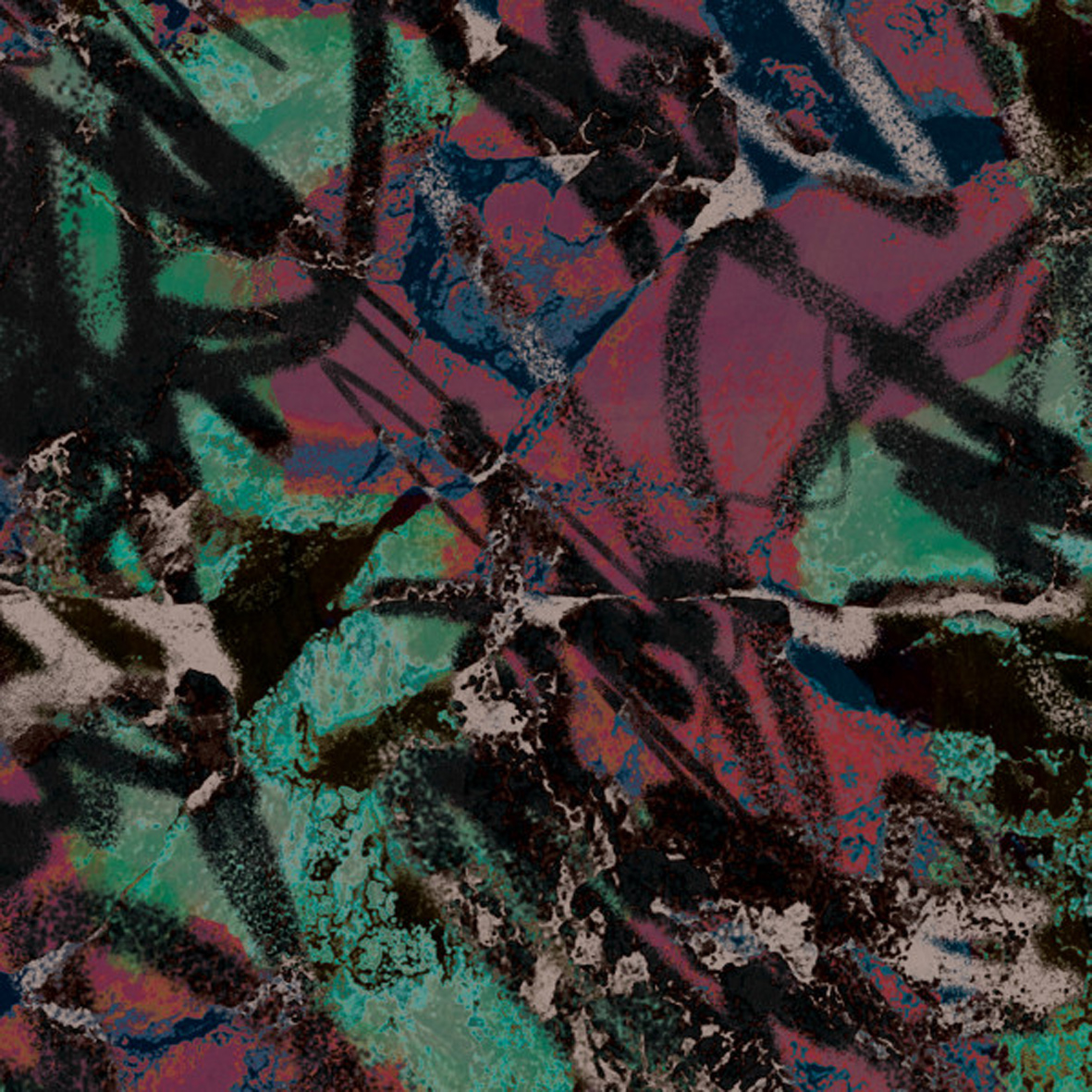 On one hand, it is kind of astonishing that Andreas Brandal has not been covered on this site before, as the shape-shifting/multi-guised Norwegian experimentalist has been on the scene for more than two decades and has made plenty of excellent music covering an impressive amount of stylistic territory.  On the other hand, it makes absolutely perfect sense, as Brandal’s career is not unlike that of Machinefabriek: a seemingly constant and unrelenting stream of new projects, limited editions, and collaborations that no hapless fan (much less a casual listener) could possibly hope to keep up with.  I believe I personally have at least 8 Andreas Brandal albums at this point and I am certain that I do not have even the most tentatively grasp of the depth and scope of his discography: I have not just missed key album–I have missed entire genres.  I do know that I like him though and his newest release is an absolutely stellar one, occupying the unique nexus where heavy drone, languorous strings, and oversaturated Tim Hecker-esque textures wonderfully collide.
On one hand, it is kind of astonishing that Andreas Brandal has not been covered on this site before, as the shape-shifting/multi-guised Norwegian experimentalist has been on the scene for more than two decades and has made plenty of excellent music covering an impressive amount of stylistic territory.  On the other hand, it makes absolutely perfect sense, as Brandal’s career is not unlike that of Machinefabriek: a seemingly constant and unrelenting stream of new projects, limited editions, and collaborations that no hapless fan (much less a casual listener) could possibly hope to keep up with.  I believe I personally have at least 8 Andreas Brandal albums at this point and I am certain that I do not have even the most tentatively grasp of the depth and scope of his discography: I have not just missed key album–I have missed entire genres.  I do know that I like him though and his newest release is an absolutely stellar one, occupying the unique nexus where heavy drone, languorous strings, and oversaturated Tim Hecker-esque textures wonderfully collide.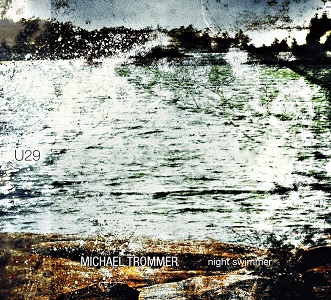 Like photographs, field recordings suggest unaltered reality. Suggests, not captures, because as in photography, there are artists who use field recordings for more than reproducing objective phenomena, if objectivity is even possible in the first place. Whether there’s an answer to that question, it at least points in the direction of impressionism and perspective, not just in visual productions, but in audible ones too. Whatever the medium, the artist brings more than a machine or a technique to the proceedings. Keeping with the comparison to photography, decisions about where to shoot and at what time, about exposure, and about dodging and burning all have parallels in field recording. They’re imprecise parallels, but they are clearly illustrated in the abstract shapes and bruised-blue colors of Michael Trommer’s Night Swimmer.
Like photographs, field recordings suggest unaltered reality. Suggests, not captures, because as in photography, there are artists who use field recordings for more than reproducing objective phenomena, if objectivity is even possible in the first place. Whether there’s an answer to that question, it at least points in the direction of impressionism and perspective, not just in visual productions, but in audible ones too. Whatever the medium, the artist brings more than a machine or a technique to the proceedings. Keeping with the comparison to photography, decisions about where to shoot and at what time, about exposure, and about dodging and burning all have parallels in field recording. They’re imprecise parallels, but they are clearly illustrated in the abstract shapes and bruised-blue colors of Michael Trommer’s Night Swimmer.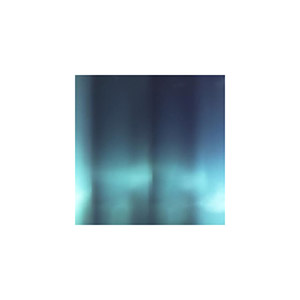 Quietly released between two major Mamiffer releases: last year's Crater with Daniel Menche and the upcoming The World Unseen, this limited cassette solo release from Faith Coloccia, under the name of Mára hopefully will not get lost in the shuffle. Surfacing is a sparse, intimate tape that showcases some of her contributions to the more dramatic Mamiffer sound and deserves just as many accolades as her better known "primary" project.
Quietly released between two major Mamiffer releases: last year's Crater with Daniel Menche and the upcoming The World Unseen, this limited cassette solo release from Faith Coloccia, under the name of Mára hopefully will not get lost in the shuffle. Surfacing is a sparse, intimate tape that showcases some of her contributions to the more dramatic Mamiffer sound and deserves just as many accolades as her better known "primary" project.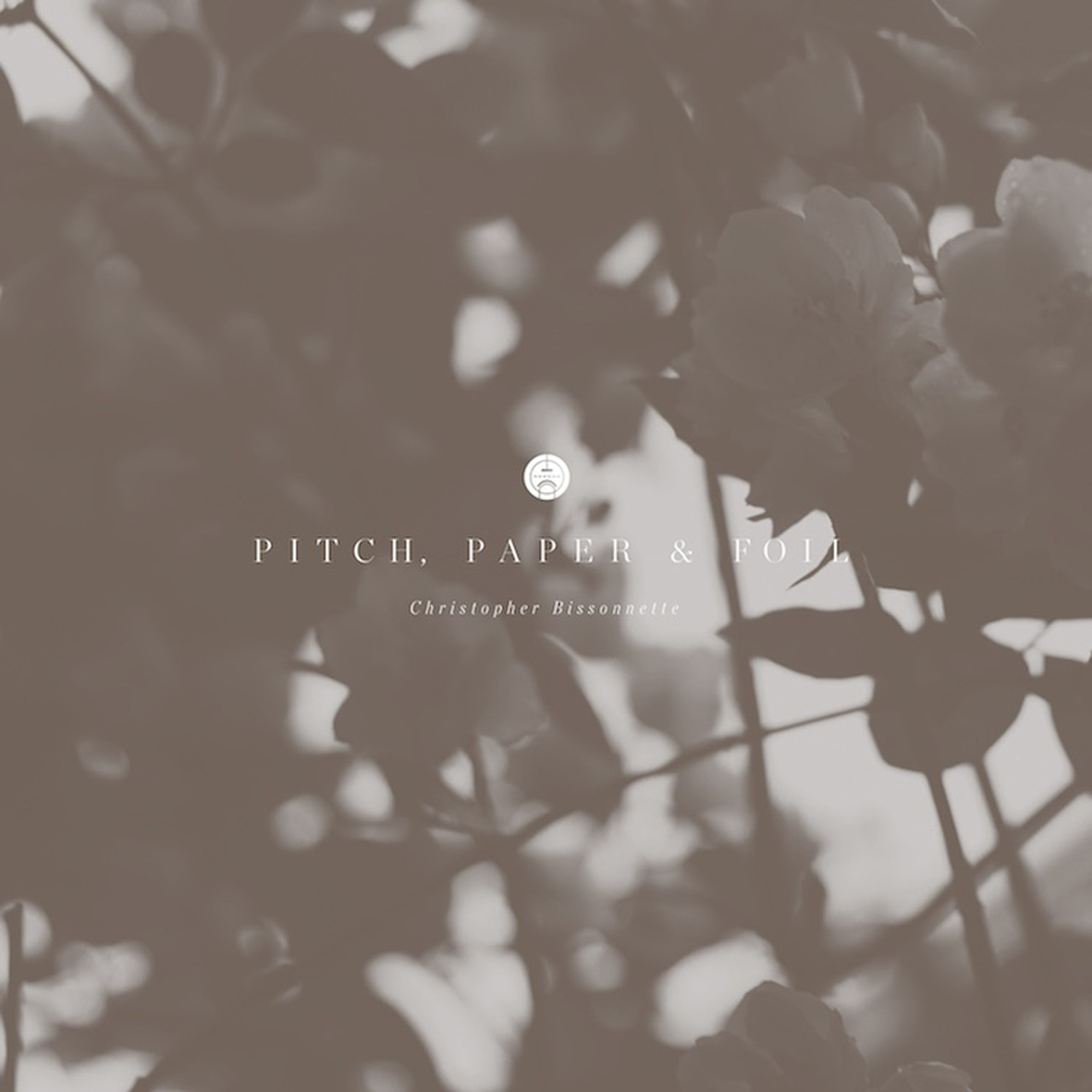 It occurred to me today that modular synthesizer albums are a lot like rodeos: it is immediately clear which cowboys are bad at riding broncos and which ones are good, but it is very rare for any of their individual personalities to come through while they are trying not to get bucked.  Despite only recently taking the plunge into modular synthesizer-centric composition with 2014’s Essays in Idleness, Bissonnette is one of the few artists able to transcend the limitations of that analogy.  While Pitch, Paper & Foil is not necessarily one of the best Christopher Bissonnette albums, it does boast a few of his best pieces and there is no question that this is a fruitful direction.  More importantly, Pitch still sounds unmistakably like Christopher Bissonnette, proving that the entropy of electronics is no match for Bissonnette's rigorous focus and control.
It occurred to me today that modular synthesizer albums are a lot like rodeos: it is immediately clear which cowboys are bad at riding broncos and which ones are good, but it is very rare for any of their individual personalities to come through while they are trying not to get bucked.  Despite only recently taking the plunge into modular synthesizer-centric composition with 2014’s Essays in Idleness, Bissonnette is one of the few artists able to transcend the limitations of that analogy.  While Pitch, Paper & Foil is not necessarily one of the best Christopher Bissonnette albums, it does boast a few of his best pieces and there is no question that this is a fruitful direction.  More importantly, Pitch still sounds unmistakably like Christopher Bissonnette, proving that the entropy of electronics is no match for Bissonnette's rigorous focus and control.
